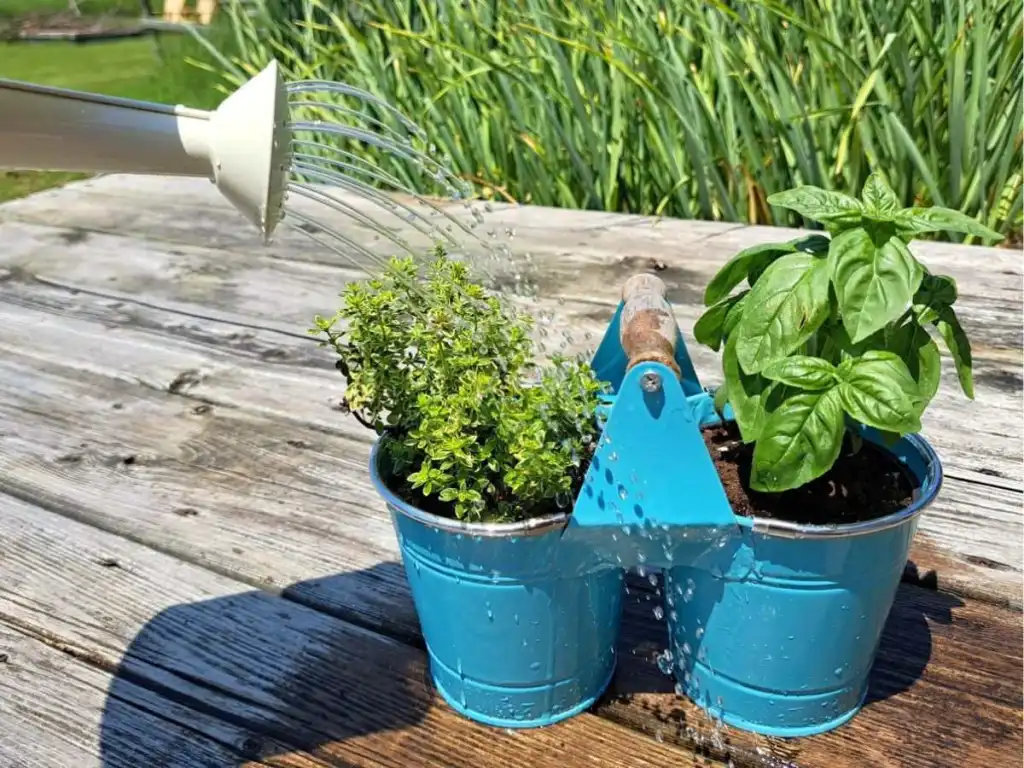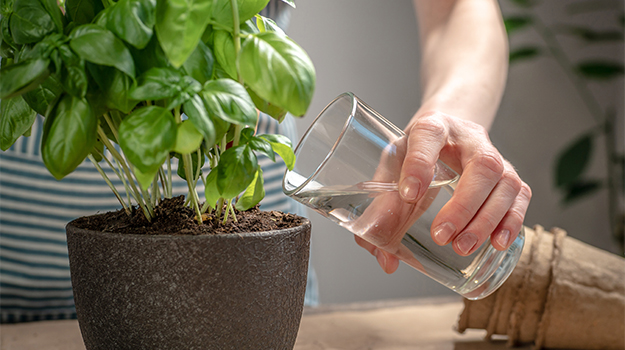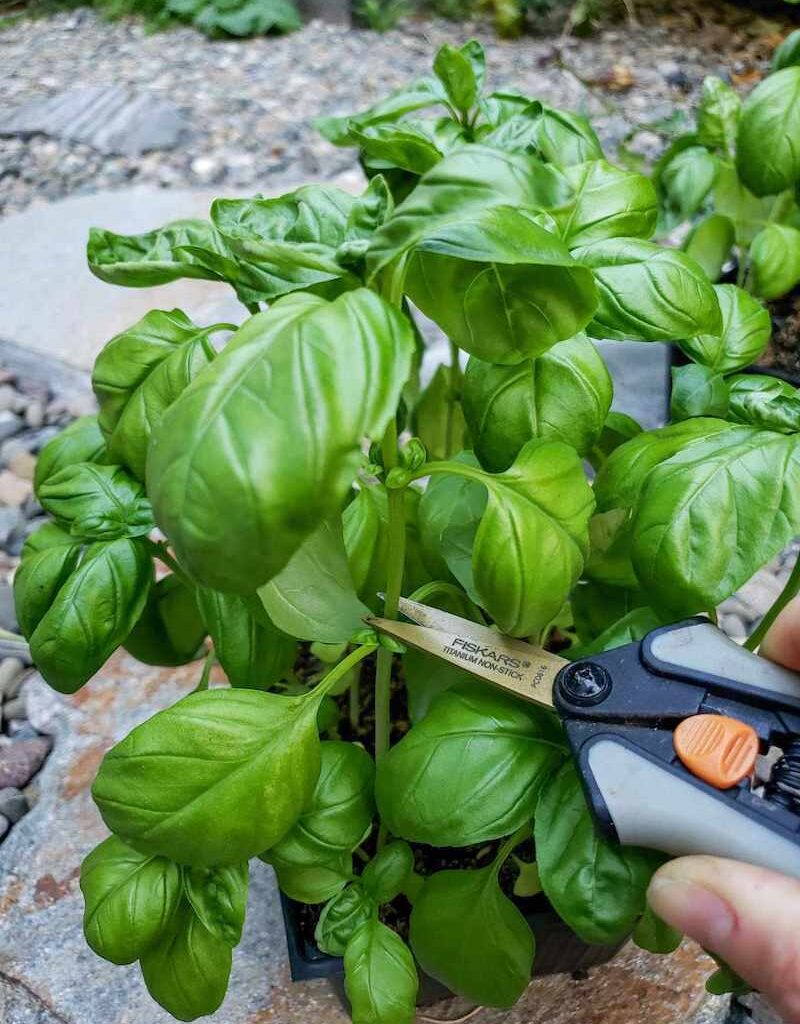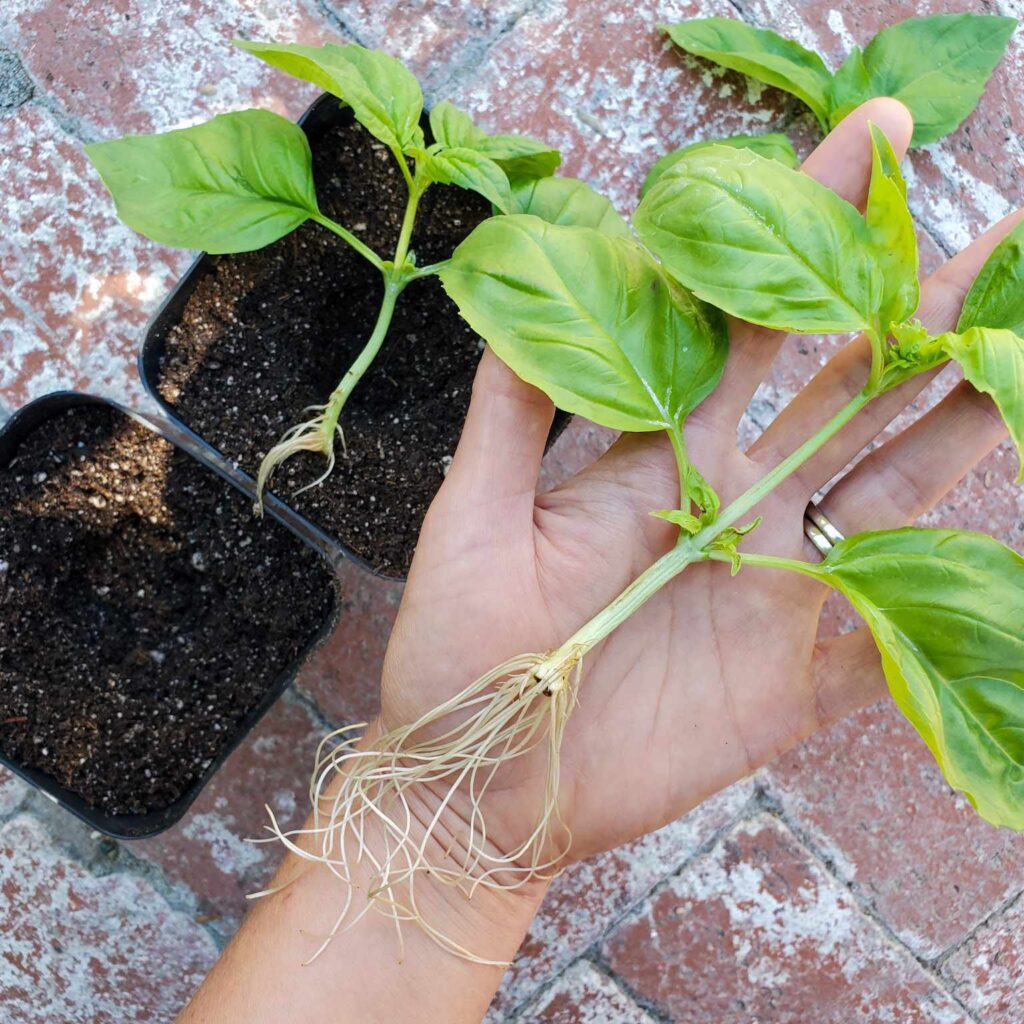Basil is one of the most beloved herbs in kitchens and gardens around the world. Known for its fresh, aromatic leaves, basil adds vibrant flavor to a wide variety of dishes — from Italian pastas to Thai curries. But while it’s an easy plant to grow, basil does require some basic care to thrive, and one of the most crucial aspects of basil care is proper watering.
Many new and even experienced gardeners often wonder: how often should you water a basil plant? Overwatering can lead to root rot, while underwatering can stunt growth and diminish the plant’s rich, savory flavor. In this detailed care guide, we’ll break down everything you need to know about watering basil, including the factors that affect watering frequency, signs of water stress, and tips for keeping your basil plant lush and healthy.
Understanding Basil’s Watering Needs

Basil (Ocimum basilicum) is native to warm, tropical regions of Asia and Africa. As such, it thrives in environments that are warm, sunny, and moderately moist. It dislikes overly dry conditions and is equally intolerant of soggy soil.
Why Proper Watering Matters
Watering is crucial for basil because:
- It facilitates nutrient uptake from the soil.
- It supports healthy leaf production.
- It helps regulate the plant’s internal temperature.
- It prevents wilting and keeps the leaves tender and aromatic.
But watering too much or too little can quickly stress the plant and impact its overall health and productivity.
How Often Should You Water a Basil Plant?

The general rule of thumb is to water basil when the top 1 inch (2.5 cm) of soil feels dry to the touch. However, several factors influence how often this occurs:
For Outdoor Basil
- In the peak of summer: Daily watering may be needed, especially in hot, dry climates.
- In cooler seasons or shaded areas: Every 2–3 days might be sufficient.
For Indoor Basil
- Indoor basil plants typically need watering every 3–5 days, depending on the humidity, temperature, and light exposure inside your home.
Factors Affecting Basil’s Watering Frequency

Several variables determine how often your basil plant will need water:
1. Weather and Season
Hot, dry, and windy conditions increase evaporation and soil drying, requiring more frequent watering. Conversely, cool and humid weather slows evaporation, meaning less frequent watering is needed.
2. Soil Type
- Well-draining soil: Requires more frequent watering as it dries out faster.
- Clay-heavy soil: Retains moisture longer, requiring less frequent watering.
3. Pot Size and Material
- Small pots dry out quickly and need more frequent watering.
- Terracotta pots absorb moisture, requiring additional watering compared to plastic or glazed containers.
4. Plant Size and Maturity
Larger, more established basil plants with a developed root system may tolerate slightly longer intervals between watering, whereas young seedlings are more sensitive to drying out.
How to Check If Your Basil Plant Needs Water

Relying on a fixed schedule isn’t the best approach. Instead, use these practical checks:
Soil Test
Insert your finger about an inch into the soil:
- If it’s dry: Water the plant.
- If it’s still moist: Wait another day before checking again.
Leaf Appearance
- Drooping or wilting leaves: A clear sign your basil needs water.
- Yellowing or falling leaves: May indicate overwatering.
Soil Color
Dry soil appears lighter and more powdery on the surface, while moist soil looks darker and slightly glossy.
Best Practices for Watering Basil

1. Water Deeply, Not Lightly
Water thoroughly so the moisture reaches the root zone. This encourages deep root growth and a stronger plant.
2. Water at the Base
Avoid wetting the leaves as it increases the risk of fungal diseases like downy mildew or leaf spot.
3. Use Room-Temperature Water
Cold water can shock the plant’s roots, especially during hot weather.
4. Water in the Morning
Morning watering allows the plant to absorb moisture before the heat of the day and reduces the risk of fungal issues that can arise from damp, overnight soil.
Signs of Overwatering and Underwatering
Overwatering Symptoms
- Yellowing lower leaves
- Wilting despite moist soil
- Black, mushy roots
- Soil that remains soggy for extended periods
Underwatering Symptoms
- Drooping, limp leaves
- Dry, cracked soil
- Slow or stunted growth
- Browning, crispy leaf edges
Watering Basil in Different Growth Stages
Seedlings
Newly germinated basil requires consistently moist (but not soggy) soil. Water lightly but frequently to avoid disturbing delicate roots.
Mature Plants
Established basil plants prefer soil to dry slightly between waterings. Deep, thorough watering encourages stronger, deeper root systems.
Flowering Basil
If you allow your basil to flower, its water needs may slightly increase as energy is directed toward bloom production. However, many gardeners pinch off flowers to keep the leaves tender and flavorful.
Special Considerations for Container Basil
Potted basil dries out more quickly than in-ground plants. Here’s how to manage it:
- Check soil daily in warm months.
- Ensure pots have drainage holes.
- Use a high-quality, well-draining potting mix.
- Place the pot in a location with adequate light but some afternoon shade in extremely hot climates.
How Much Water Does a Basil Plant Need?
As a general guideline:
- Outdoor basil requires about 1 to 1.5 inches of water per week, from rain or watering.
- Indoor potted basil usually needs about 1/4 to 1/2 cup of water every 3–5 days, depending on pot size and conditions.
Adjust these amounts based on your plant’s specific needs and environmental factors.
Seasonal Watering Adjustments
Spring and Summer: More frequent watering due to active growth and higher temperatures.
Autumn and Winter: Less water needed as growth slows. Overwatering during winter dormancy is a common mistake that can lead to root rot.
Watering Tools You Can Use
- Watering cans with narrow spouts (for controlled, targeted watering)
- Soaker hoses (for garden beds)
- Drip irrigation systems (for consistent, slow watering)
- Self-watering planters (great for busy gardeners)
Conclusion
Basil is a rewarding and relatively easy herb to grow, but it thrives best when you pay close attention to its watering needs. By understanding the factors that affect soil moisture, recognizing the signs of water stress, and adjusting your care routine accordingly, you can ensure your basil plants stay lush, fragrant, and productive all season long.
Quick Recap:
- Check soil moisture before watering.
- Water deeply, preferably in the morning.
- Adjust frequency based on weather, soil, pot size, and plant maturity.
- Avoid overwatering to prevent root rot.
With these simple yet essential guidelines, your basil will not only survive but flourish — providing you with a continuous supply of fresh, aromatic leaves for cooking, garnishing, and herbal remedies.




Leave A Comment